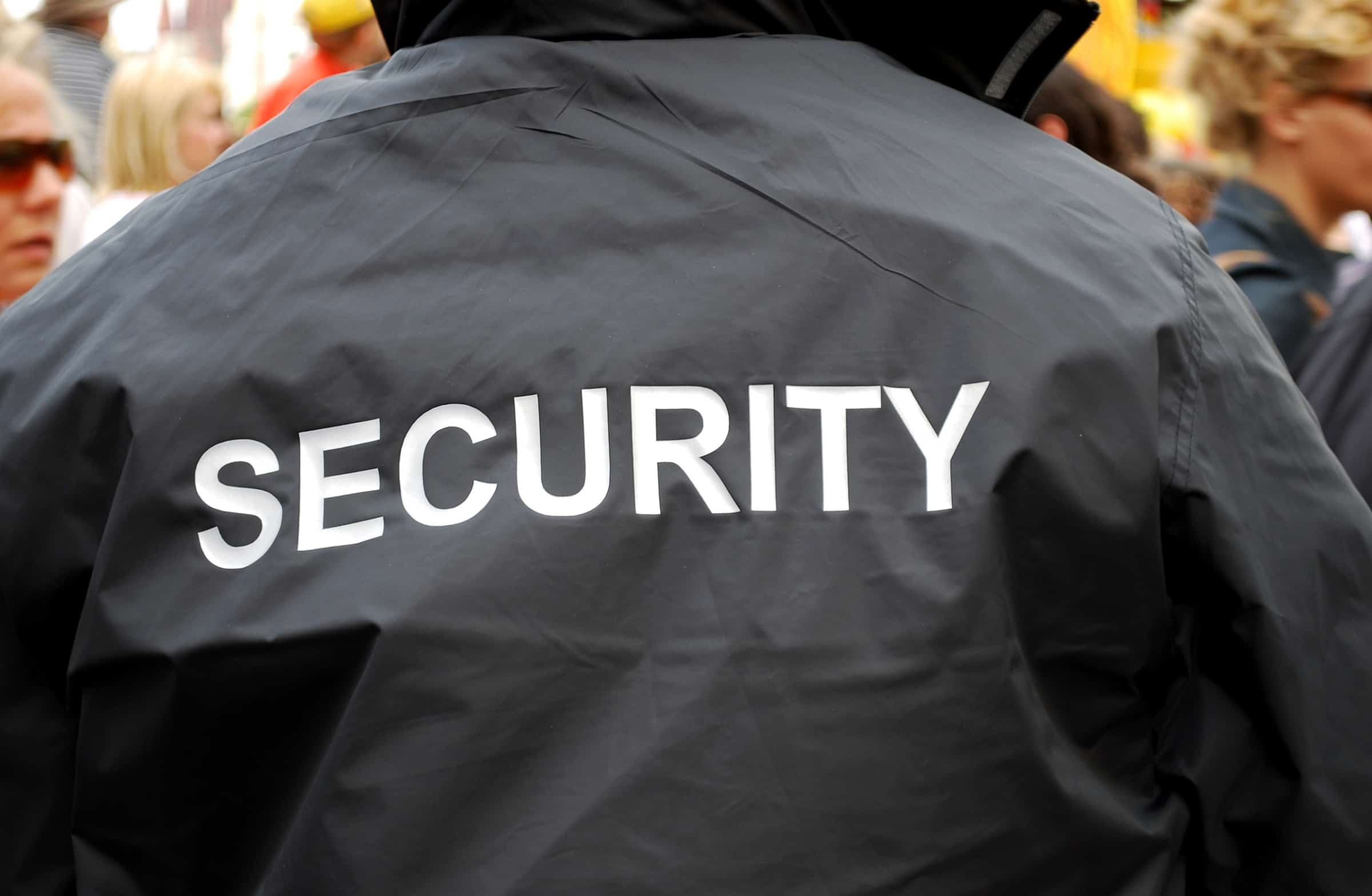
Search the Web and you will find some “security experts” who will tell you that one member of security for every 100 attendees is a good ratio for security at an event, others may insist on one security guard for every 10 guests. However, both answers are almost always going to be incorrect and potentially dangerous generalisations. The number of security personnel required varies greatly depending on factors such as the venue, attendees, nature of the event and the current threat level. Also, having the appropriate staff numbers is only part of the equation. Security must have the correct training and licensing for the role that they are fulfilling. Please watch the video below or read on to find out how much event security is required.
During the early stages of event planning, you must consider the size of your proposed event and the location of the event as this will aid in the decision as to whether you need event security and how much.
For example, a small event at a private home for 50 guests may only require one event security guard to assist with access control, First Aid, and evacuation purposes if required. Having a security presence can act as a visual deterrent to deter opportunist thieves and potential gate crashers but is often seen as intrusive.
Yet a public event space such as a town hall with 50 guests may require one security operative per every 10 guests depending on the town hall’s own Health and Safety and/or license requirements. Bigger events such as concerts may operate at a ratio of 1:100 or more.
What is public event safety?
Public event safety deals with the safety of attendees at public events i.e. those events where the attendees are not necessarily known to the event organisers.
When planning an event, you must ascertain whether or not the venue has a licence under the Licensing Act of 2003 which governs the sale of alcohol and entertainment. A venue that is governed by this licence may also dictate how many event security guards are required.
Larger events may also employ a Health and Safety representative to carry out a risk assessment on the venue. In many cases the Health and Safety representative and a representative from your chosen event security services company may decide on the amount of security required together.
The larger the event the larger the planning and more time-consuming the pre-planning is, ensuring that every aspect of safety and security is covered. Many large events such as concerts will have been planned many months, even years in advance.
Before large scale events happen many knowledgeable representatives from the Police, medical services, Health & Safety executives, and security consultants will be part of the pre-planning covering off aspects of Health & Safety (including crowd control and traffic management) and venue security.
Generally, there is no rule of thumb regarding how many security guards are required for events. You should individually assess each event for the threats and risks posed.
From the pre-planning to the main event itself, management must continue no matter how small the event, whether it is the management of access control by just one security guard or the overall management at a large event by event managers or commanders overseeing the whole event, with supervisors and team leaders reporting back to them and supervising smaller teams below them.
Many larger events will have areas of the venue sectioned as smaller workable areas such as, the main entrance, reception area, back of house (catering, etc.), these areas may then be managed by team leaders who in turn manage a smaller team that manage that one specific area.
By doing this, each area has a team responsible for that specific area with a supervisor leading the team and taking responsibility for that area as a whole. The Supervisor would then report to a senior or line manager above them. Larger events/venues can be managed more easily by each respective area being managed by smaller teams reporting back to a line manager or commander in the control room or operations room.
Once we have ascertained the venue’s size and expected number of guests, we then need to figure out what type of security measures and systems will be needed to mitigate any known or perceived threats and risks.